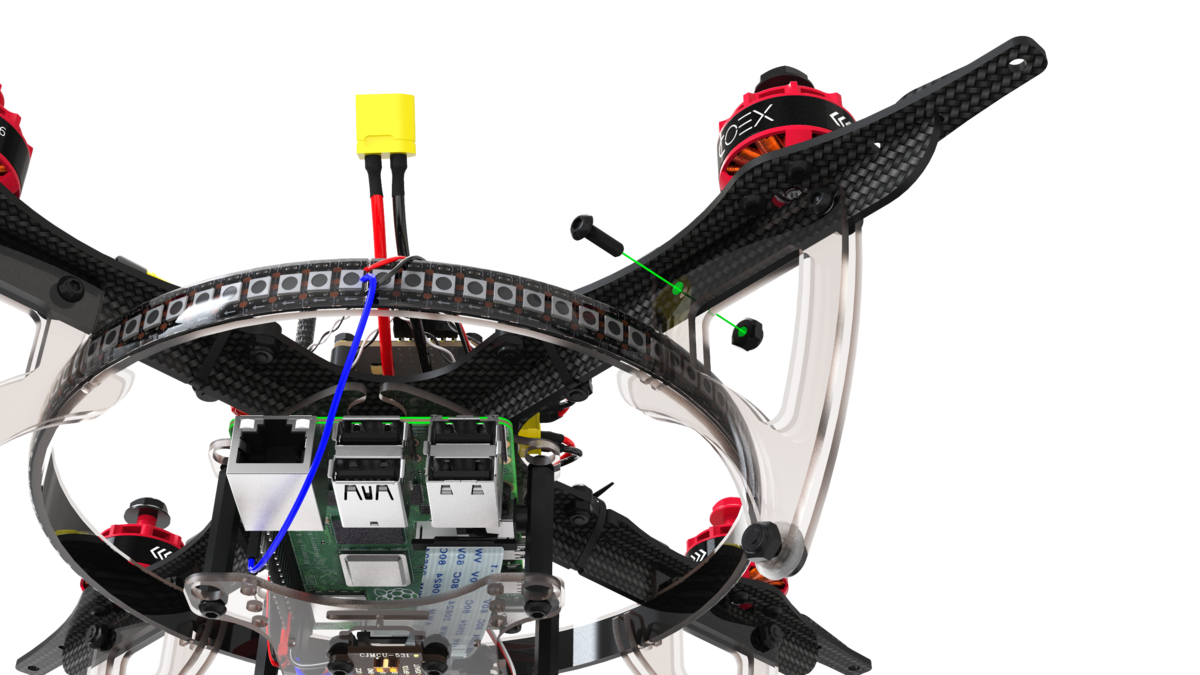The Soundproofing and Its Various Applications
페이지 정보

본문
 Soundproofing is a process that technique designed to reduce or abolish the transmission of sound through various surfaces such as ceilings and floors, flop ceilings, and floors. This process plays a crucial role within various conditions, such as residential and residential buildings, to minimize noise pollution and create quiet environments. Within this article, we will dive into the acoustic technology also explore its multiple uses.
Soundproofing is a process that technique designed to reduce or abolish the transmission of sound through various surfaces such as ceilings and floors, flop ceilings, and floors. This process plays a crucial role within various conditions, such as residential and residential buildings, to minimize noise pollution and create quiet environments. Within this article, we will dive into the acoustic technology also explore its multiple uses.The Soundproofing involves materials of high sound-absorbing characteristics to minimize the bounce back of acoustic vibrations. Acoustic waves move through air through the pressure fluctuations. When these waves encounter an blockage, they are either absorbed, bounced back, or propagated. In the context of acoustic protection, the goal is to absorb or absorb sound energy, preventing it through the.
There are several key principles at play within soundproofing:
1. Density: Thicker material are more sound waves.
2. Density: Materials with high density are better for absorbing noise energy.
3. Wave Length: руспанель рустик москва Soundproofing materials are typically designed to address specific frequency ranges, as various kinds of noise have distinct frequencies.
4. Echoes: Undesirable noises may create echoes, where a single frequency gets amplified and creates echoes. Acoustic elements can mitigate this impact.
Materials Applied in Soundproofing
------------------------------------------------
A variety of elements may be used for soundproofing, depending on the specific application and the type of noise to be reduced. Several well-known elements comprise:
1. Flexible acoustic compound: This flexible matter is coated with a dense compound that helps noise energy.
2. Acoustic caulk: A type of sealant applied to fill gaps and ceilings and floors, reducing sound leakage.
3. Acoustic insulation material: A thick permeable matter takes in noise energy through its inner design.
4. Concrete: A heavy material typically used in construction to create sound barriers.
5. Adjustable sound barriers: These panels are designed to move with sound waves, absorbing vibration while they do so.
Uses of Soundproofing
---------------------------------------
Soundproofing has numerous applications in various industries, such as:
1. Residential properties: To create quiet and peaceful living spaces, reducing noise from neighbors, traffic, and other sources.
2. Business spaces: To reduce noise pollution in places of work, restaurants, and other business settings.
3. Music studios and recording rooms: To keep high-quality acoustic and prevent outside noise to contaminating recordings.
4. Home theaters: To improve sound frequency or minimize ambient noise.
5. Vehicles: To improve sound absorption in vehicles, reducing noise pollution and improve driver and passenger comfort.
In summary, acoustic protection is a complex process that involves materials of high sound-absorbing properties to reduce or abolish the propagation of noise through various mediums. By understanding the principles of soundproofing and selecting materials for the job, people can design quiet peaceful and quiet environments across multiple settings of settings. Whether it's residential, residential, recording rooms, or vehicles, soundproofing plays a vital role essential component of noise reduction acoustic comfort.
- 이전글바다의 아름다움: 해변과 해양 생태계 25.03.28
- 다음글Schoolmaster The Artistic creation Of Appnext With These triad Suggestions 25.03.28
댓글목록
등록된 댓글이 없습니다.